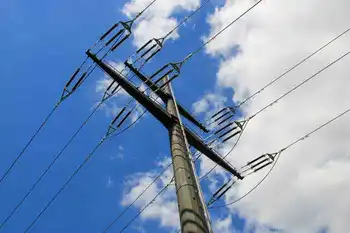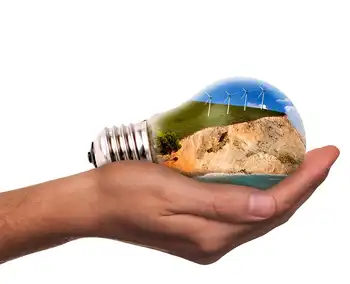A bet on inefficiency
By Investor's Business Daily
CSA Z463 Electrical Maintenance
Our customized live online or in‑person group training can be delivered to your staff at your location.

- Live Online
- 6 hours Instructor-led
- Group Training Available
The president flew to Denver to sign the stimulus bill on Feb. 17 because the city has made big investments in alternative sources, and the Denver Nature and Science Museum, with 465 solar panels, made "a perfect venue," as Gov. Bill Ritter put it.
Colorado has been aggressive in what Ritter coined the "new energy economy" - investing in wind, solar and other renewable energy sources to create jobs and reduce our reliance on foreign oil.
President Obama has called the bill a "down payment" on the "new American energy economy" he is trying to create. He and the Democratic leaders in Congress say the bill's energy programs, which will get a total of $37.5 billion, will double U.S. alternative energy capacity over the next three years.
But that's not saying much. Solar and wind together provide less than half of 1% of our electricity. Hydropower provides 7%, natural gas and nuclear about 20% each, and coal about half. Incredibly, a possible $50 billion in loan guarantees for nuclear power was stripped from the stimulus in the committee conference process.
Just how renewable are renewable sources of energy? Although silicon is the most abundant element in the Earth's crust after oxygen, it makes relatively inefficient cells that struggle to compete with electricity generated from fossil fuels. Silicon solar cells convert only 25% of light energy received to electricity.
More advanced solar cells that can achieve efficiencies of 40% or more use the metal iridium. But it constitutes just 0.25 parts per million of the earth's crust, and there's only a 10-year supply left. Alternatives may be found, but that's not solar power's only problem.
Two projects in development will cover 12.5 square miles of central California with solar panels. At noon on a cloudless day they are designed to produce 800 megawatts of electricity, about as much as one large coal-fired plant. But actual production will likely be one-third that, and at uncompetitive rates.
The Energy Administration reported in early 2008 that government subsidies, before the stimulus bill, amounted to $24.34 per megawatt-hour (MWh) for solar and $23.37 per MWh for wind.
Continued subsidies for inefficient energy sources at the expense of reliable and abundant sources will only drive up energy costs and the national debt, while making it harder for the energy-starved American economy to recover.











